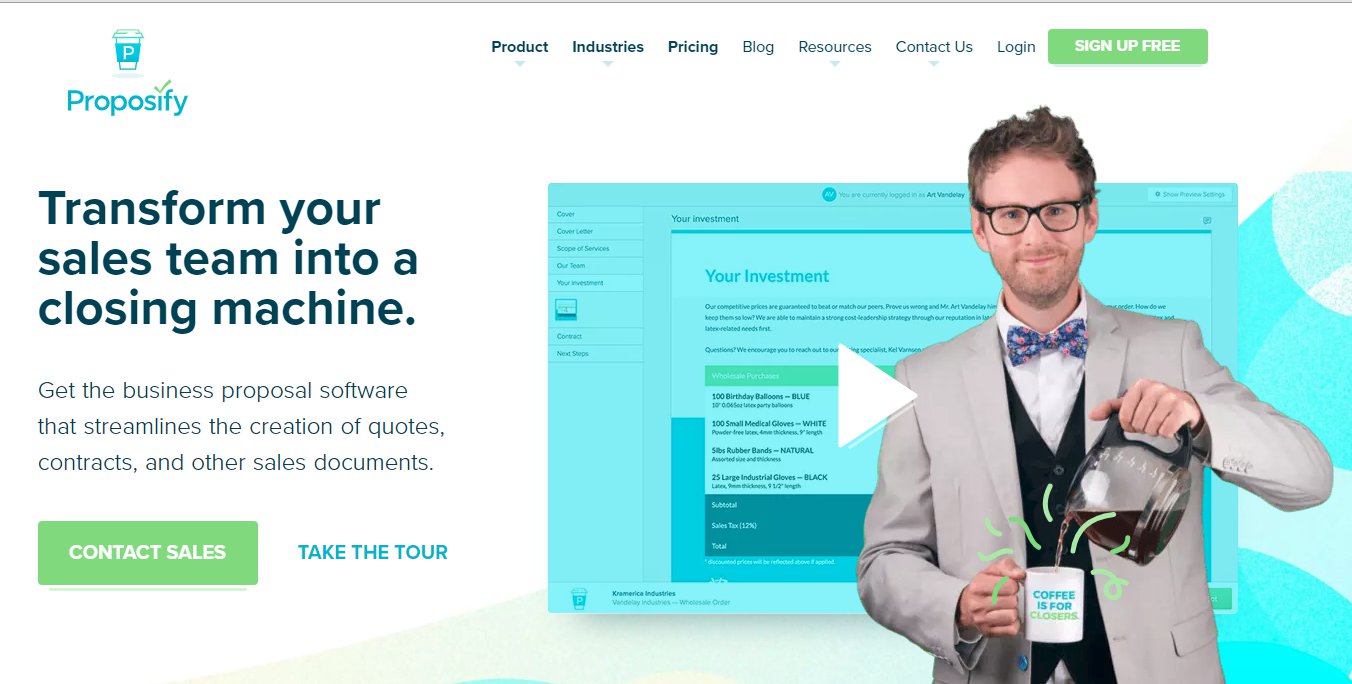My content marketing playbook for Digital Marketing Agencies.
This blog was written for agency professionals who are adding SEO to their suite of services or marketing professionals who are seeking a deeper understanding of content marketing in general. This blog will cover everything from onboarding to reporting. Feel free to contact me if you’d like a quote to help with any aspects of this process.
Onboarding: Site Audit 1
The objective of this audit is to generate a baseline of current keyword rankings and how well the website is optimized for the technical SEO. There are many SEO Audit platforms available but I prefer SEM Rush due to its comprehensive reporting features.
- Run Site Audit https://www.semrush.com/siteaudit/
The report offers the following metrics and insights:
- Site Overview of 120 on-page and technical SEO checks.
- Crawlability checks including page depth, HTTP status codes, inbound/internal link checks
- HTTPs Implementation
- Hreflang Usage
- Collect Statistics
- Ability to export to Trello or as a CSV to delegate to your developer
- SEO Terminology Explained: https://syndicate.marketing/technical-seo-terminology/
- Documentation on reading an audit: https://www.semrush.com/kb/540-site-audit-overview
Once you have run the report and prioritized the cleanup, you can then delegate to your developer. Many of the updates could include adding content, so it’s important to delegate the right tasks to the right person in your company.
SEM Rush has a ton of useful tools above and beyond the site audit. Many of these features are free but can get expensive once you switch to the paid plan. If your budget can afford it, I’d highly recommend paying the extra $$ and letting the software do the work for you.
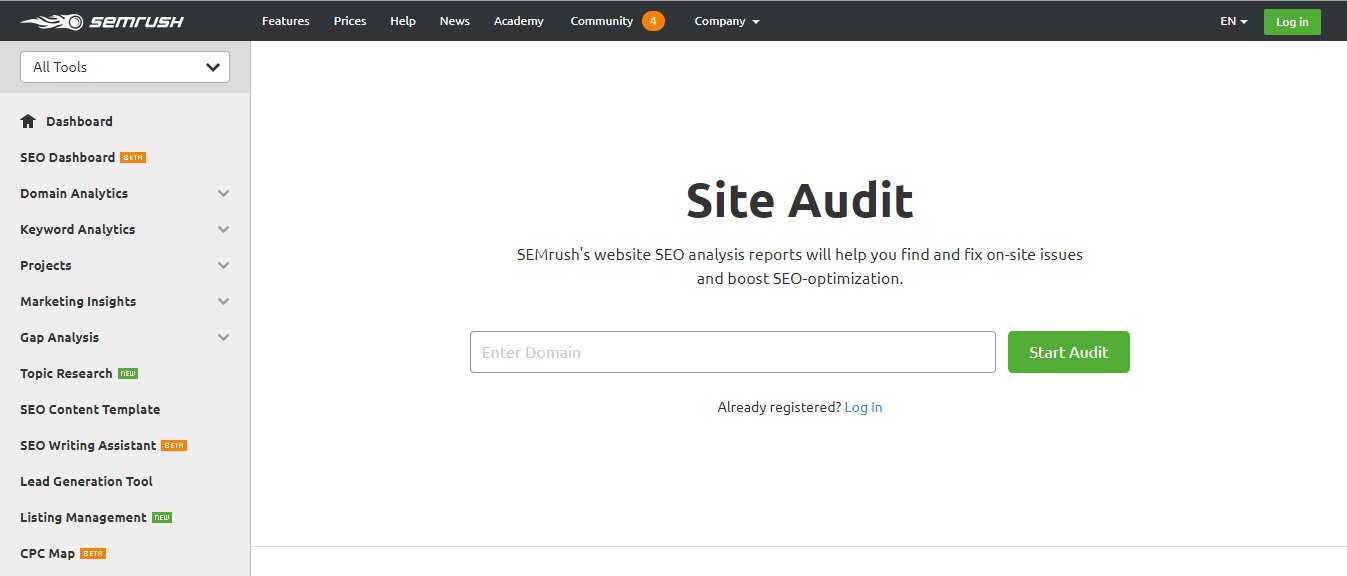
Onboarding: Keyword Research
In order to rank for a keyword, websites need content – and not just any content, they need rich, relevant content. The blogs and landing pages will be the first thing users engage with when discovering the website, so making a good first impression is critical. Furthermore, search engines rank a website on their engagement metrics. Search engines take engagement into consideration in their search algorithm. It’s important to have a good click-through rate and time on page, both factors require high-quality content.
Step 1: Open the production schedule document and make a copy to use on your account:
Google Doc with Production Schedule and Onboarding
Start your keyword research by collaborating with the client on their product, service and target market.
- List all of the client’s products and/or services by priority.
- List the root keywords their audience will be searching for when trying to find said product or service. The more root keywords the client wants to target, the higher the budget, so keep this in mind when collaborating with them. If they have a small budget, maybe only ask for the top 5 keywords they want to rank for.
- Preferably get these before the onboarding meeting so you can focus on collaborating on the case notes.
- Add the root keywords to the first month of your production schedule. You will want to publish these landing pages & blogs as soon as possible so they can get indexed. It will take 2-3 months to really get any significant rankings, so it’s important to get the live as soon as possible.
Step 2: Do keyword research to find the highest traffic longtail keywords for each of these root keywords.
- Add these longtail keywords to the production schedule, prioritizing those with higher search volume and lower difficulty. You don’t want to go after high volume keywords if you can’t realistically rank for them, and vice versa – you don’t want to rank for keywords that have no search volume.
Step 3: Collaborate with the client in the onboarding meeting to create Case notes for each of the deliverables in the production schedule.
- Remember when we discussed high-quality content? This is the part of the onboarding exercise where you are going to pick your client’s brain to better understand their target audience and delegate comprehensive notes to your writing team.
- The client knows their audience better than anyone, lean on them as the expert. However, clients are not marketing experts and will require guidance and coaching to get the right information on paper.
- Ask thought-provoking questions such as: What are your unique propositions. What is the problem your product or service solves in the market space? How have you solved this problem in the past? What is your typical process/what should the customer expectations in their purchasing phase? What are the top 5 frequently asked questions you get?
Here are some formats and considerations when creating case notes for your production schedule.
Formatting for the Buyer’s Journey.
There are 3 stages we all experience when making a purchase. Hubspot calls this is called the Buyer’s Journey.
- Awareness
-
-
- The user knows they have a problem, or needs help. “My clothes washer just broke, I need a new one”
-
- Consideration
-
-
- The user is educating themselves on different brands/options to help solve their problem. They are considering all the pros and cons in making their decision. “Pros and cons such as: cost, reliability, performance and customer satisfaction.
-
- Decision
-
- The user has all the information they need in order to make an educated decision. The user knows they want a Maytag G2000 Coin Operated Washer but is deciding on where the best place to get it is. The deciding factor in their purchase will most likely be cost, eas of delivery/install, how fast they can get it. Etc. “Johnny wants the Maytag G2000 model and found 2 places within 5 miles of his apt complex. Whichever website/store can answer his decision level questions will get his business”.
Typically, SEO campaigns are focused on raising brand awareness, but you still want to get ranked for keywords regardless of where your audience is at in their buyers’ journey.
I include content for each stage of the buyer’s journey unless the client’s product or service is highly technical, or has a long sales cycle. If the clients offering has a long sales cycle I would recommend offering individual landing pages/blogs for each phase to keep the audience engaged, and informed. A more informed lead is more likely to close with the thought leader giving them the information.
Content Formatting: PPPO
Creating a content format that is informative and designed to raise awareness, and help your users make a better-informed decision on their purchase.
- Problem
-
- Your audience is trying to solve a problem, stating the problem first reaffirms the audience that your content is relevant and shows empathy because you understand your audience’s needs. “ Washing machines can be slow, noisy and unreliable”
- Promise
-
- How do you plan on solving the said problem? What is the promise you are offering to solve the problem? “We have a line of high-performance washing machines which are quiet and come with a 5-year warranty.”
- Proof
-
- Specifically, how have you solved the problem in the past? Has your business won any awards, certifications, been in the news, or have client testimonials on how you’ve solved the problem in the past? Now is a great time to talk about them.
- Opportunity
-
- How can your audience take the next steps in solving their specific problem. What is the process for solving their problem, this should be an offer or call to action. This should also evoke a feeling of FOMO or cost of procrastination. “Limited time only, 5% off your next purchase, inventory going fast, expiring tax credit, etc”.
After the kickoff meeting, you should have completed the production schedule along with a comprehensive set of notes for each deliverable. Now, you can delegate these case notes to a writer who can then begin creating content.
Hiring and Managing a Writer
The content is the cornerstone of your SEO strategy and requires a special touch.
If you don’t have an in-house content developer, you will need to source a professional writer who is a subject matter expert in your clients’ field. I prefer to hire writers who are comfortable with engaging directly with the client. This reduces the middle man and saves time and improves communication. I also like to collaborate with writers in person for training and time tracking purposes. You will need to train your writers on your format and method for content creation, this will require a lot of communication.
Cost for writing: Typical blog posts written by a non technical writer should cost in the range of $25 – $55 per 300 word blog. More technical pieces can cost $200-$500 per piece depending on the level of expertise needed to develop them.
You can publish job descriptions on Indeed for free. https://www.indeed.com/hire
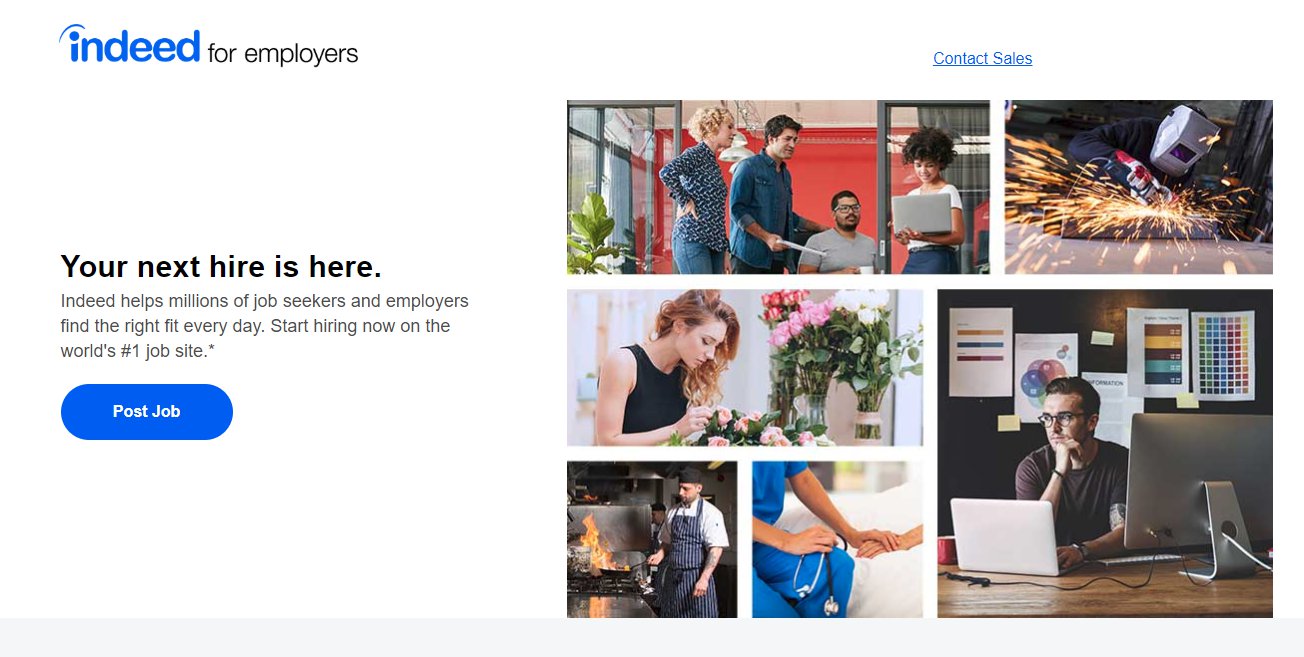 Publishing Content for on-site and off-site SEO
Publishing Content for on-site and off-site SEO
You’ve got the approved content, now what? Time to publish on your website and syndicate through your other media outlets such as social media and local citations.
Learning all the idiosyncrasies of on-site SEO can be daunting. Luckily, YOAST takes care of the majority of that for you. https://yoast.com
Simply install, activate, configure and navigate to the page you’d like to publish and scroll to the YOAST section on the admin panel. Enter the keywords you’d like to rank for, and let YOAST do the rest.
You’ll see a checklist of items you need to knock off in order to optimize the page for Search Engines.
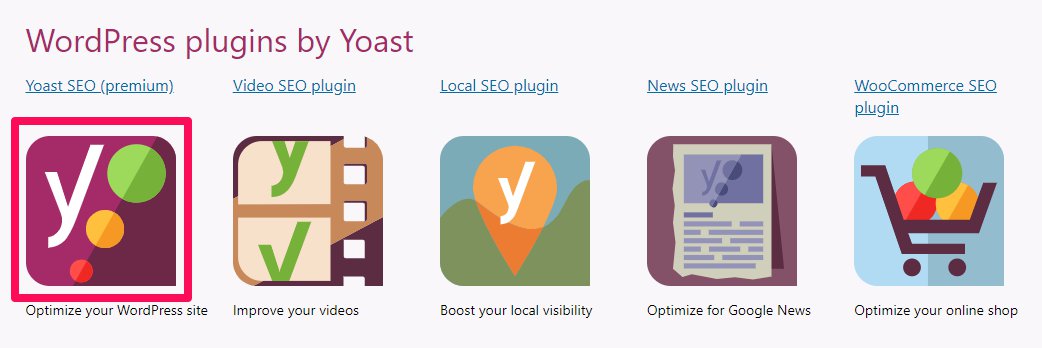
Syndicating to other accounts
Creating content is the hard part – once the works already done, why not publish and syndicate to as many relevant platforms as possible.
Although I’ve never seen a lot of leads come through syndicated content alone, it does help improve SEO by “social signals”. Furthermore it adds value to the customers without much effort.
I’ve used Hootsuite in the past to syndicate blogs through social platforms. There are a ton of services like this, including Buffer. I have someone in my personal network who can manage social media for $250 an account per month if you’d to roll out a more professional social media campaign – and offer paid services https://hootsuite.com/
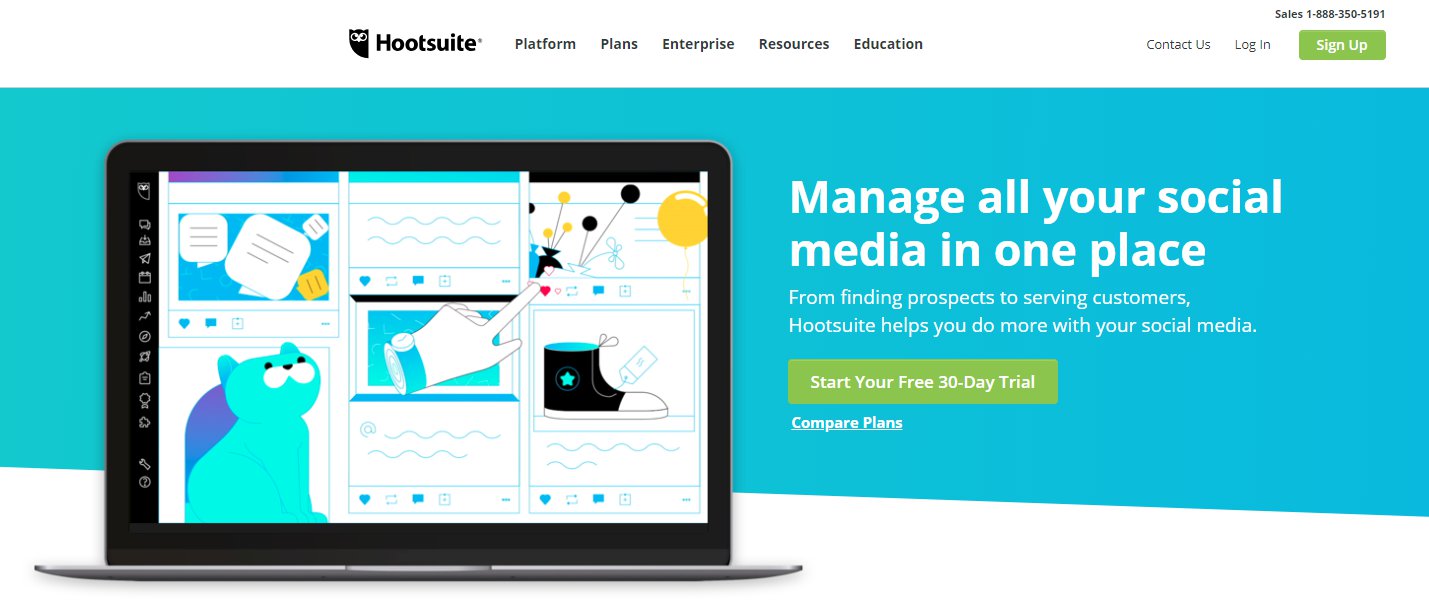
https://moz.com/blog/your-guide-to-social-signals-for-seo
The days of getting free exposure with organic Social Media posts is over. If you want to offer social media it has to be a paid plan. Syndicating content through social media is just a nice little value add and it’s important to keep expectations realistic.
I also like to send new blogs out via eblasts as well. This is another great value add and it makes the SEO campaign seem more like a comprehensive content marketing package, rather than just a keyword ranking strategy.
Local SEO
Above and beyond citation building, it’s important to optimize the Google My Business listing. This means adding new photos, asking for reviews, publishing posts etc.
Above and beyond citation building, it’s important to make sure you have schema markup properly implemented on the website which tells search engines your NAP. You can use the premium extension for YOAST Local to achieve this without having to hire a developer or learn how to code.
https://yoast.com/wordpress/plugins/local-seo/
Backlinking Strategy
Backlinks are one of the most effective ways to get websites ranking for keywords. Unfortunately, getting backlinks can be a daunting task since most of the methods for paying someone to get them for you are frowned upon – or simply not effective. SEM Rush has a nifty feature which allows users to see their competitors backlinks to develop a strategy.
See guest blogs, user accounts, news articles etc. Start to understand how your competitors are getting backlinks to emulate their strategy.
https://www.semrush.com/kb/21-backlinks
Analytics and Reporting
We can run reports from SEM Rush and Search Console to show improved keyword rankings, we can also run reports in Google Analytics to show an increase in organic traffic as well as increased engagement with the website, but at the end of the day, clients care about one thing – ROI. Simply giving a report that shows increase keyword rankings isn’t important to business owners unless you can make a case for increased sales which is why I always implement goal tracking on every SEO account I have managed.
Setting up Goals in Google Analytics
Tracking conversions on the website come through 2 main metrics – form submissions and phone calls. We will need to implement more forms on the site so we can track how well the pages are converting. This can be a request for consultation, general contact form, request a quote etc.
Phone Call conversions can be implemented by using CallRail which integrates directly with Google Analytics. Often times customers will call the client instead of filling out a form – and it’s important the SEO agency is getting credit for those sales.
So I always add form functionality and CallRail costs into the contract without exception.
Reporting Dashboard
The reports from SEM rush are great but they can be “information overload” and don’t completely speak to the actual results, or conversion of the campaign – which is important for the reasons stated in the last paragraph. Google analytics offers a ton of great metrics and reports, but they don’t look too sexy. Google has been building Data Studio – a fully customizable live analytic dashboard complete with every marketing metric in your arsenal. We can create a template to use for all clients and train your staff on how to interpret and tell stories with the data to non-tech savvy clients.
https://datastudio.google.com/u/0/
Reports can pull in information from YEXT, Google My Business, Google Analytics, Phone Call Tracking ( and maybe SEM Rush).
Managing Content Workflows
You’ve delegated your case notes to a writer and now they are sending rough drafts and it’s your job to send this draft to the client who then makes edits which need to get back to the writer – it can be a mess! You need a system.
You might be able to get away with using Google Docs but once you get multiple accounts and start offering different services, it will quickly become a nightmare to keep deadlines, notes, emails, tasks, files, passwords and documents organized.
I recommend using the project management software Teamwork.
https://www.teamwork.com/projects-features
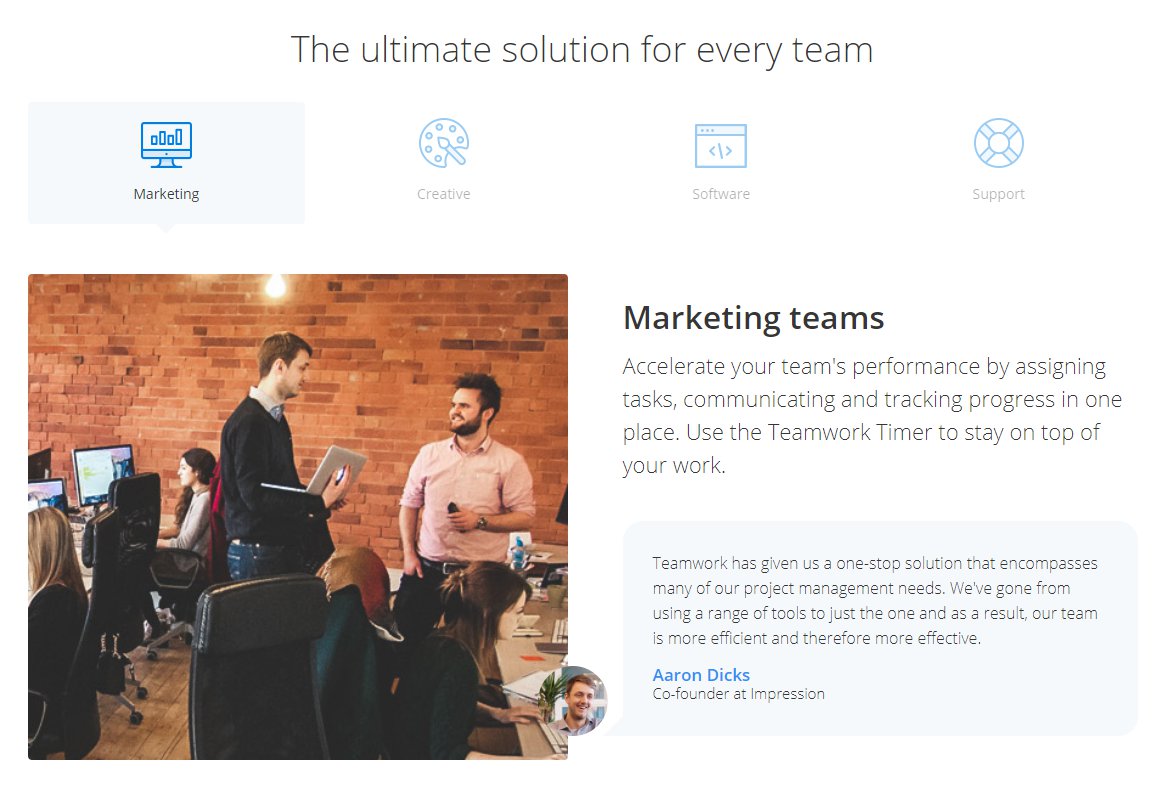
Website Maintenance
Whether you like it or not, your clients will expect you to manage their website. Most of the time the digital marketing agencies absorb web maintenance and hosting responsibilities with their other tasks. It’s a good idea to maintain websites because sites that run slow or get hacked will dramatically affect SEO and your client relationships. We can discuss a few simple ways to improve performance and security by using a few premium plugins and performance first hosting company.
Here is a presentation I developed for Website Maintenance, hosting and security: https://docs.google.com/presentation/d/1JD7Is9rc267oRS4AwAmz2Ckc6b68afSokI4j7L4rNCs/edit?usp=sharing
Sales: Proposals
Writing contracts can be a pain. I’ve implemented solutions to help automate writing contracts for multiple companies. I can help structure contracts and create templates from your previous proposals so you can spend less time doing admin work and more time growing your business.
Sales: CRM
Organizing a database of contacts, companies and opportunities can be cumbersome and sometimes expensive without the right tools. Lucky for you, Hubspot offers a completely free enterprise-level CRM solution. Track sales, emails, deal stages, set reminders, schedule emails, forecast revenue, run financial reports, manage sales teams all for free!
PS: The CRM isnt the only freemium software offered by Hubspot – they have a few other great products for free as well.
- Ads: https://www.hubspot.com/products/marketing/ads
- Marketing: https://www.hubspot.com/products/marketing
- Service: https://www.hubspot.com/products/service
- Free chatbot! https://www.hubspot.com/products/crm/chatbot-builder
Hubspot is crazy! And so much of it is free! Read my blog on Hubspots Freemium Software options.
Here is the CRM: https://www.hubspot.com/products/crm (Don’t sign up yet – I am getting an affiliate link in case you ever do become a paid Hubspot user)
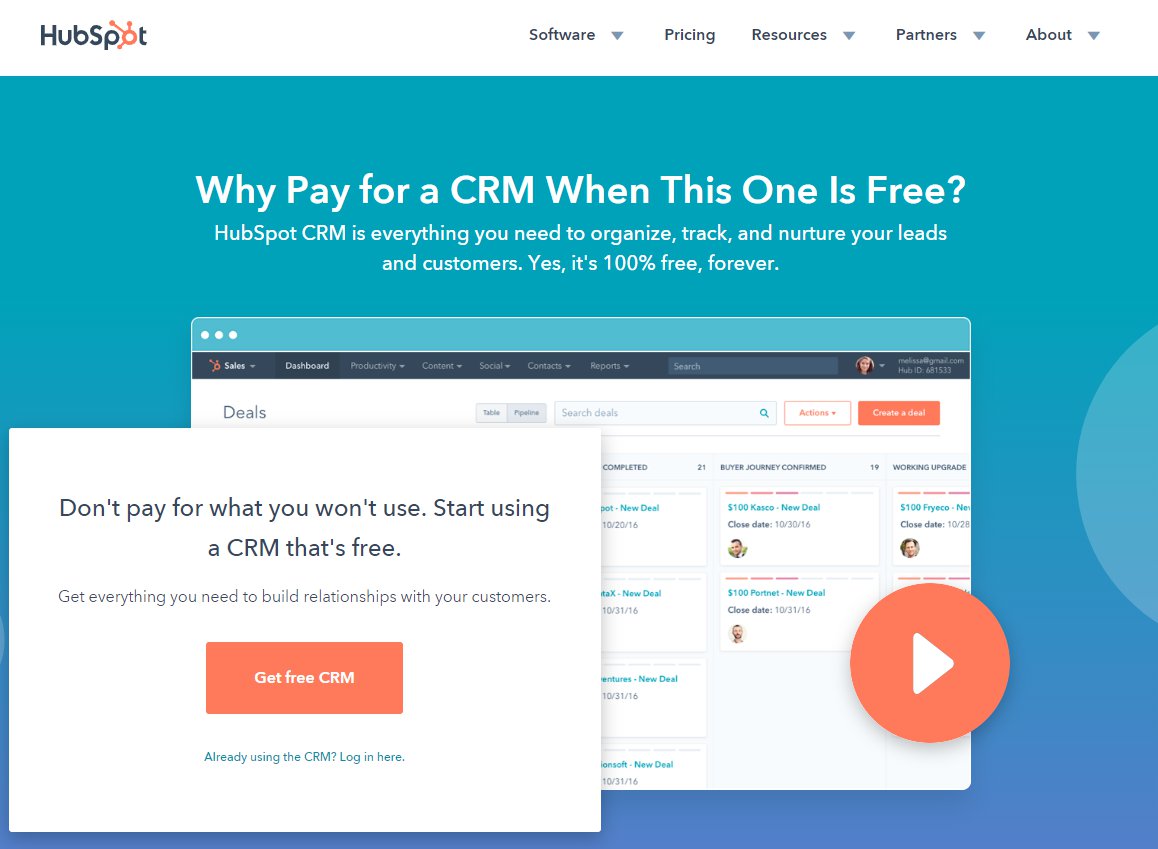
How can we partner to help develop, organize and structure your digital marketing department and train your team in each of these categories?
- Create standard operating procedures and train you team on the best practices of each of the topics discussed in this document. These SOP’s can be used to train employees and as a reference for new account onboarding and ongoing account management.
- Assist with hiring, training and delegating to SEO programmers and content writers.
- Integrate the processes outlined in the SOP’s in a project management software to be used as a template for onboarding and account management.
- Assist with onboarding new accounts and training staff on how to onboard.
- Assist with scoping new sales opportunities relating. Including account audit, strategy development, the pitch and oversight of strategy implementation.
- New product/service development. IE – Email Marketing, website development, website maintenance, app development, remarketing, etc.



